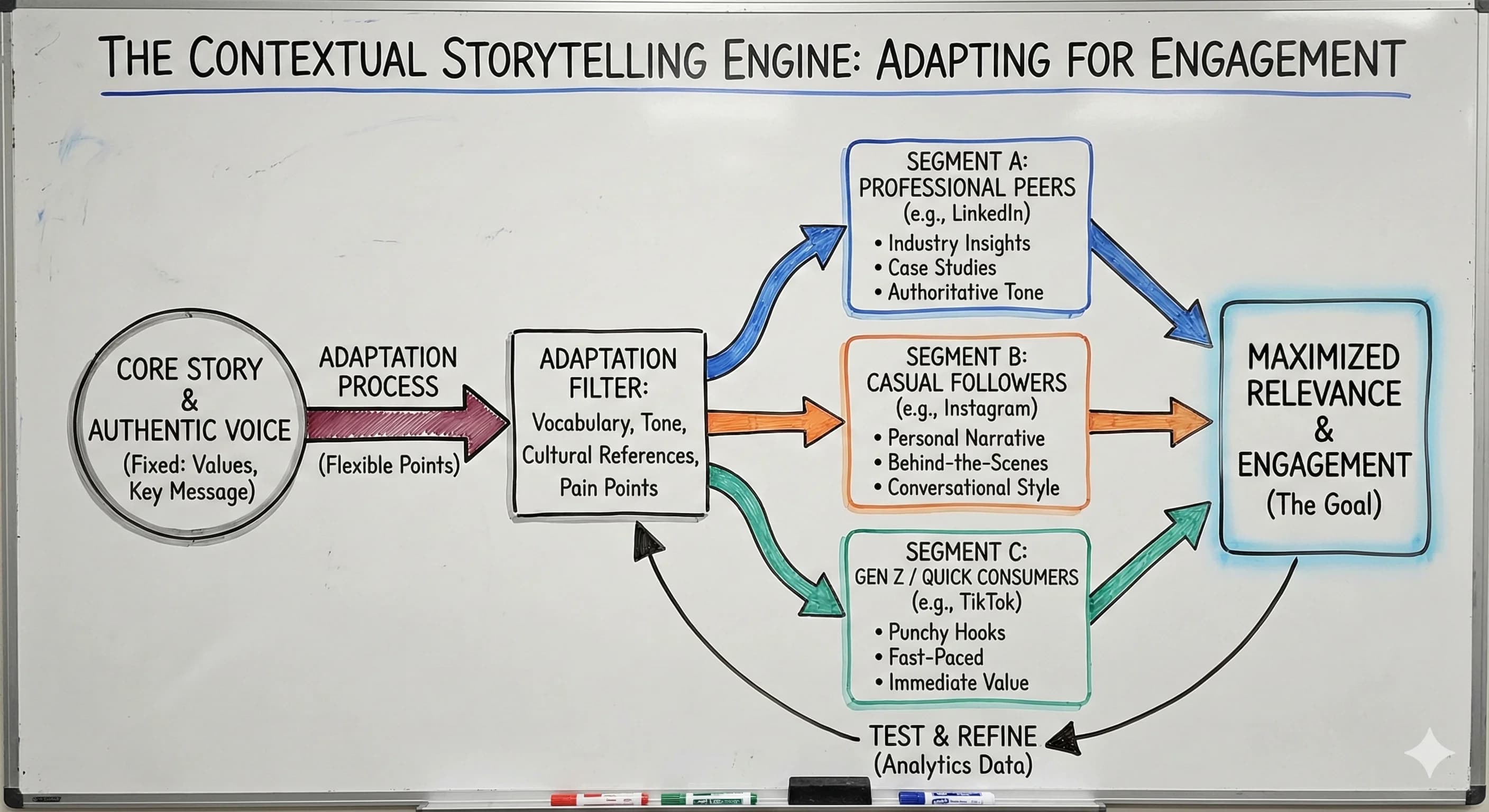How to Adapt Your Storytelling for Different Audience Segments
Learn how to adapt your storytelling for different audience segments without losing authenticity. A practical guide for content creators to maximize engagement across platforms.
•4 min read
Details

Loading content...

